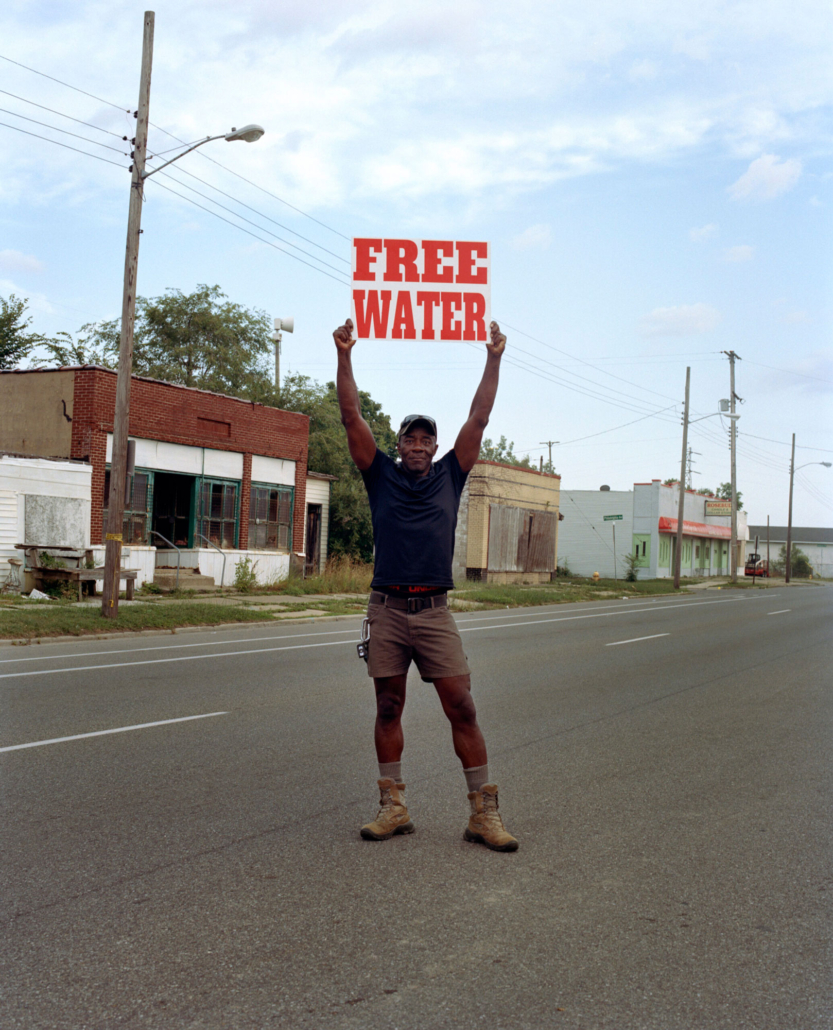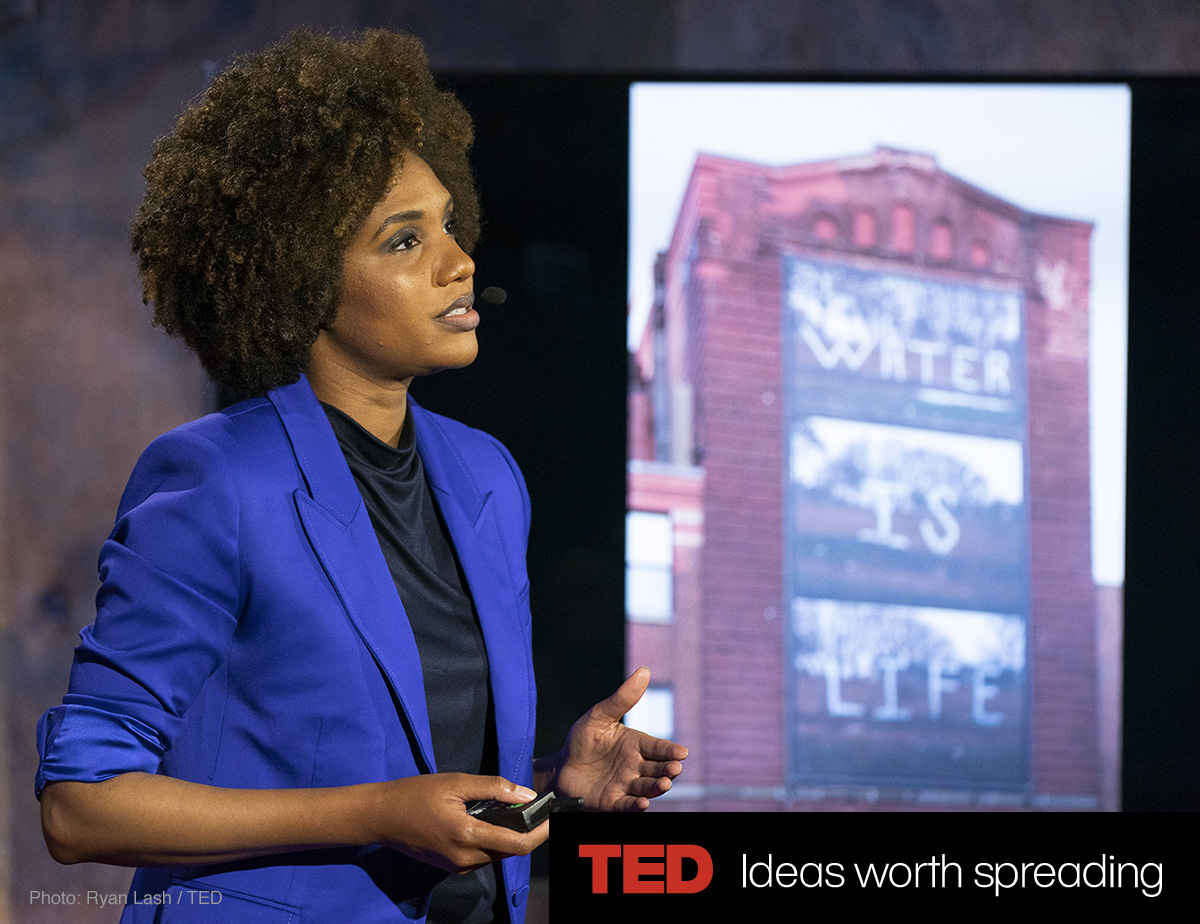The Art World Explores Concrete Ways to Fight Climate Change
New York Times
by Alina Tugend
Museums, galleries and other art institutions are looking for measures to reduce their environmental footprints.
Visitors to the Hammer Museum’s show “Breath(e) Toward Climate and Social Justice” will be greeted by powerful works portraying the widespread impact of ecological degradation: photos of citizens in Flint, Mich., waiting for clean water, a painting of a fish created out of spilled crude oil and contaminated sediment.
But increasingly, museums are realizing that presenting artwork that addresses the climate crisis is not enough — they also must consider their own impact on the environment.
So, Hammer visitors won’t know that most of the art items were shipped by ground or sea, rather than air, resulting in far less carbon dioxide emissions. Or that the exhibition catalog was printed using FSC paper, which comes from forests managed in sustainable ways, and wrapped in translucent paper rather than the typical plastic shrink wrap.
“It would absolutely be hypocritical for us to put on a show about climate change without questioning our implication in climate change,” said Glenn Kaino, a Los-Angeles-based conceptual artist and co-curator of the show, which runs through Jan 5.

A photograph by LaToya Ruby Frazier titled “Moses West Holding a ‘Free Water’ sign on North Saginaw Street between East Marengo Avenue and East Pulaski Avenue, Flint, Michigan.”Credit…via LaToya Ruby Frazier and Gladstone Gallery
The Hammer exhibition is part of “PST Art: Art and Science Collide,” a series of events taking place through mid-February 2025 at about 70 museums, science institutions and other spaces across Southern California.
Museums and galleries have long shown artworks related to the climate crisis, but in recent years, there has been more of an urgency for directors and curators to look at the environmental cost of heating, cooling and lighting their buildings and packing, shipping and exhibiting their shows. That also includes examining the ecological toll of using imported materials or artists from distant shores rather than local artwork and artists.
In part, the pandemic jump-started the process; people had time to think about issues that were pressing but difficult to focus on during the busyness of everyday life. Within the art community, discussions arose about collaborative actions geared toward the climate crisis.
What would it “look like to actually be able to come together and feel like we are empowered to do something — and imagine a future we can live in, rather than feeling this kind of existential dread?” said Laura Lupton, an art and climate consultant, who helped develop and coleads the Climate Impact Program that is part of the PST Art event. She co-founded the nonprofit Artists Commit in 2020.
[…]
Courtesy of: New York Times

